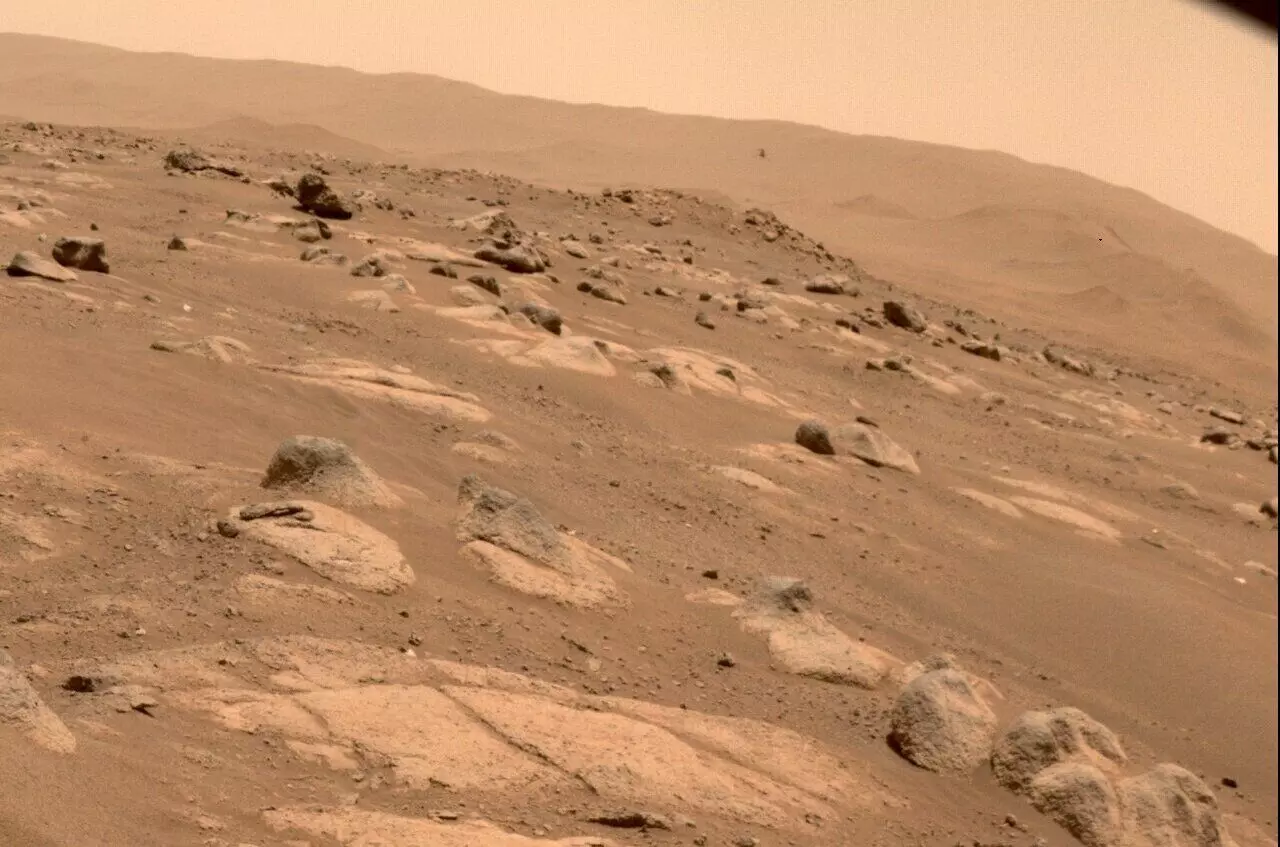NASA Aims to Send Humans to Mars by 2035, Plans Manned Test Runs Starting in 2030
NASA reached significant milestones with the Artemis I mission in November 2022. The first crewed mission, Artemis III, is set for 2026, with astronauts anticipated to land at the Moon's south pole
Mars Expedition

NASA has set an ambitious objective to send humans on a scientific mission to Mars, potentially as early as 2035. This mission would involve a round trip of six to seven months each way, covering approximately 402 million kilometres. Astronauts could spend up to 500 days on the Martian surface, collecting valuable scientific data before returning to Earth.
This initiative is part of NASA’s broader Artemis program, which aims to return humans to the Moon this decade in preparation for future Mars exploration. The primary goal is to enhance scientific understanding and unravel the mysteries of Mars, including its geological history and the possibility of past life.
Mars: A Geological Enigma
Mars presents a compelling case for scientific investigation due to its unique geological and atmospheric characteristics. Formed around 4.6 billion years ago, Mars once boasted a denser atmosphere and abundant liquid water, resembling Earth.
While life emerged on Earth around 3.8 billion years ago, Mars had oceans, lakes, and rivers during the same period. Today, however, Mars is arid, with no liquid water on its surface.
Despite significant insights gained from robotic missions—such as evidence of ancient lakes and rivers—many questions about Mars remain unanswered. The stark contrast between the planet’s northern and southern hemispheres is striking, with the northern hemisphere featuring smooth lowlands and the southern hemisphere characterised by ancient craters.
Motivations for Mars Exploration
NASA’s Human Exploration of Mars Science Analysis Group, co-chaired by atmospheric scientists and NASA researchers, has outlined essential scientific questions to guide future human missions. A central inquiry focuses on whether life currently exists on Mars. Given that both Earth and Mars had similar conditions 3.8 billion years ago, this investigation is crucial.
Another significant question explores how Mars lost its abundant liquid water and much of its atmosphere. Understanding these changes may provide deeper insights into planetary evolution and the factors that contributed to Mars’ current state.
The Artemis Program and Its Role in Mars Preparation
NASA is laying the groundwork for its Mars mission by first conducting crewed missions to the Moon under the Artemis program. These missions will serve as a training ground for Mars exploration, allowing astronauts to live and work on the Moon for extended periods. The experience gained on the lunar surface will be vital for developing the technologies and skills necessary for a successful mission to Mars.
NASA has already achieved key milestones with the Artemis I mission in November 2022. The uncrewed mission successfully launched using the Space Launch System (SLS) and the Orion spacecraft, orbiting the Moon before safely returning to Earth. The first crewed mission, Artemis III, is scheduled for 2026, with astronauts expected to land at the Moon’s south pole.
Artemis astronauts will establish habitats on the lunar surface, mining and purifying water from subsurface ice deposits. This experience will be essential for the eventual human exploration of Mars, which will require similar survival techniques. Although a Mars mission is still a decade away, NASA's ongoing advancements through the Artemis program are paving the way for humanity’s exploration of the red planet.

